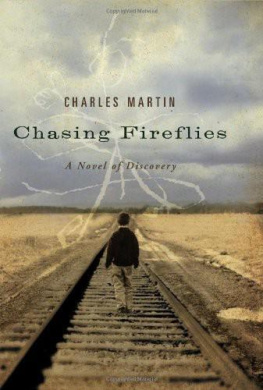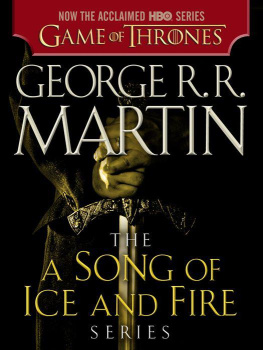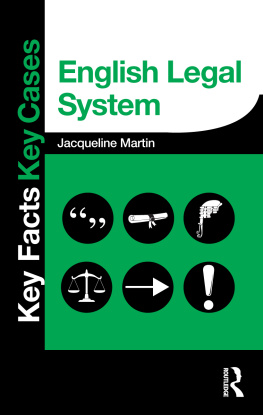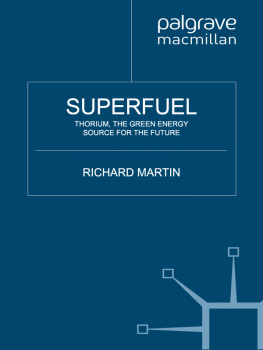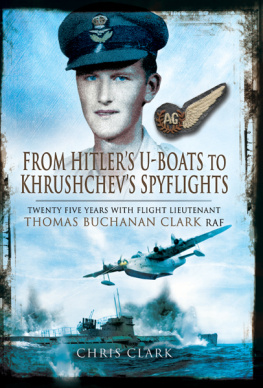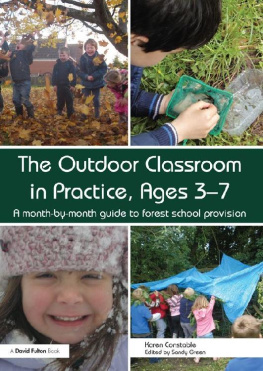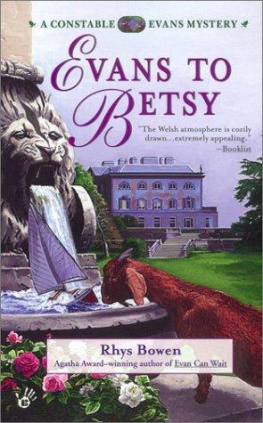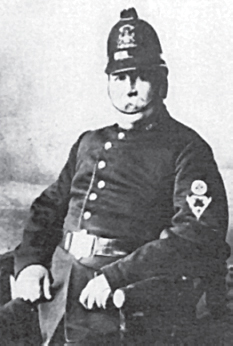
This is Constable 195, Hugh Chesworth, who served in the Salford Police between 1877 and 1901. He is my great-grandfather and this book is dedicated to his memory. It is also for his great-great-great-grandsons, William and Matthew Baggoley.
DEATH ON THE VICTORIAN BEAT
THE SHOCKING STORY OF POLICE DEATHS
MARTIN BAGGOLEY
First published in Great Britain in 2018 by
PEN AND SWORD HISTORY
an imprint of
Pen and Sword Books Ltd
47 Church Street
Barnsley
South Yorkshire S70 2AS
Copyright Martin Baggoley, 2018
ISBN 978 1 52670 592 1
eISBN 978 1 52670 594 5
Mobi ISBN 978 1 52670 593 8
The right of Martin Baggoley to be identified as the authors of this work has been asserted by her in accordance with the Copyright, Designs and Patents Act 1988.
A CIP record for this book is available from the British Library All rights reserved. No part of this book may be reproduced or transmitted in any form or by any means, electronic or mechanical including photocopying, recording or by any information storage and retrieval system, without permission from the Publisher in writing.
Pen & Sword Books Ltd incorporates the imprints of Pen & Sword Archaeology, Atlas, Aviation, Battleground, Discovery, Family History, History, Maritime, Military, Naval, Politics, Railways, Select, Social History, Transport, True Crime, Claymore Press, Frontline Books, Leo Cooper, Praetorian Press, Remember When, Seaforth Publishing and Wharncliffe.
For a complete list of Pen and Sword titles please contact
Pen and Sword Books Limited 47 Church Street, Barnsley, South Yorkshire, S70 2AS, England
E-mail:
Website: www.pen-and-sword.co.uk
Acknowledgements
I owe thanks to Laura Hirst of Pen & Sword and my editor Carol Trow for their encouragement and support and to the staff of the Archives and Local History department at Bury Library for the help they provided.
Introduction
When Queen Victoria came to the throne in the summer of 1837, the foundations of the modern police force that we know today had been established. However, it had been a lengthy process and was not yet complete. In eighteenth century London, Sir Henry Fielding had created the Bow Street Runners and later, the Marine Police Force came into being. Nevertheless, much of the country still relied on a motley collection of unwilling elected or inept constables and inefficient night-watchmen.
As the nineteenth century approached, it was becoming widely recognised that a professional police force was necessary. Industrialisation was having a dramatic impact as agricultural workers and their families moved into the growing towns and cities, in which crime was very much on the increase. In 1800, the Glasgow Police Act led to the establishment of the Glasgow City Police, which was paid for by a local tax, as the inhabitants had become concerned at the rapid growth in crimes against property and the person. Similar fears resulted in the formation of the Irish Constabulary with the passing of the Peace Preservation Act of 1814. Discussions had been ongoing for a number of years regarding a force for London, which resulted in the formation of the Metropolitan Police in 1829.Significant developments followed throughout the remaining years of the century, but one principle never changed, which was that officers should remain largely unarmed, a fact I was constantly reminded of when writing the book.
Watch Committees, which became responsible for maintaining good order by appointing paid constables, were introduced with the passing of the Municipal Corporation Act of 1835. The immediate effect this approach to policing had is evident in the chapter dealing with the death of Inspector Ross in Liverpool in 1838, when he was ordered to assist in putting a stop to an unauthorised prize fight in a public place, which the old watch had always refused to do. The aggressive response of the crowd which had gathered to watch the fight, also serves as an example of the hostility with which the police were viewed by many in those early years.
Another important landmark was the introduction of detectives by the Metropolitan Police in 1842. This was hugely controversial as the idea of police officers in civilian clothes led to the early detectives being regarded as nothing more than spies, acting on behalf of an oppressive state. In 1856, the County and Borough Police Act required the Justices of the Peace in any county in which a constabulary did not exist, to ensure that one was introduced, thus creating a truly national force covering England and Wales. This development was welcomed by many as the initial antagonism shown towards the early police had by now abated.
What became clear when researching the book is that as the role of the police officer changed, the dangers he faced increased not just in the urban districts, but also in the countryside. For instance, throughout much of the century, there were many serious confrontations with poachers, which is discussed in the chapter concerning the double murder of Inspector Drewitt and Constable Shorter at Hungerford in 1876. Urban police officers faced danger during what were becoming increasingly violent industrial disputes and in 1862, Constable Jump met his death in a strike by brick makers at Ashton-under-Lyne. Furthermore, those seeking an independent Ireland, by violence if necessary, brought their struggle to the mainland and in 1867, Sergeant Brett fell victim to them in Manchester.
The police have always been required to intervene in domestic arguments and public order matters, in which violence is an ever-present possibility. This danger is highlighted in the case of Constable Menhinick, who met his death when called to a drunken argument in Holcombe in 1876. What also became clear was that very rarely, fellow officers could pose a threat and such a tragedy is remembered in Ballinadrimna in 1892.
I have included cases from across the country together with the killings of members of the Special Constabulary and others employed on the capitals docks and by a northern railway company. The courage and commitment to duty demonstrated by these unarmed men, who lost their lives, becomes evident on every page and as I looked into their deaths, I did not come across one significant call to arm the police from colleagues or the bereaved families. Of course, all the police victims in the book are male as it would be several years before women were able to serve in the office of constable.
Martin Baggoley
Acting Inspector William Horner Ross
Liverpool Town Police
1838
The Liverpool Town Police came into existence on Monday 29 February 1836 under the terms of the Municipal Corporations Act 1835 and the first meeting of the new Watch Committee was held a few days later. A report had been commissioned into the state of crime in the town, which was to be presented at that meeting, to assist the committee members to decide on the forces priorities.
The report focused very much on the problems associated with the districts 300 brothels and several hundred disreputable public houses, beer shops and low drinking dens known as taps, many of which remained open outside of the permitted licensing hours and well into the early hours of every morning. They were said to be the haunts of prostitutes and the receivers of stolen property, without whom the districts estimated one thousand professional thieves would be unable to dispose of their ill-gotten gains. It was anticipated that the new professional and hopefully well-regulated force, which had replaced the previous inefficient and badly managed group of constables, would at last restore some order to the town.


